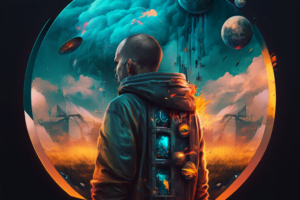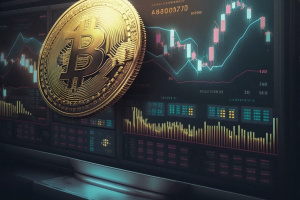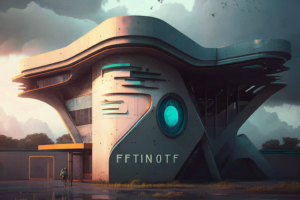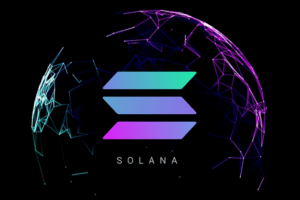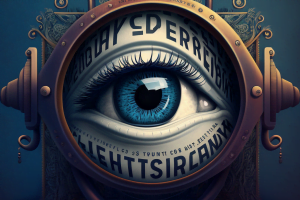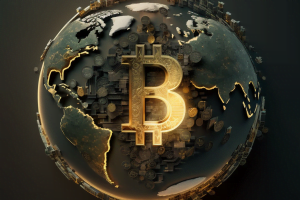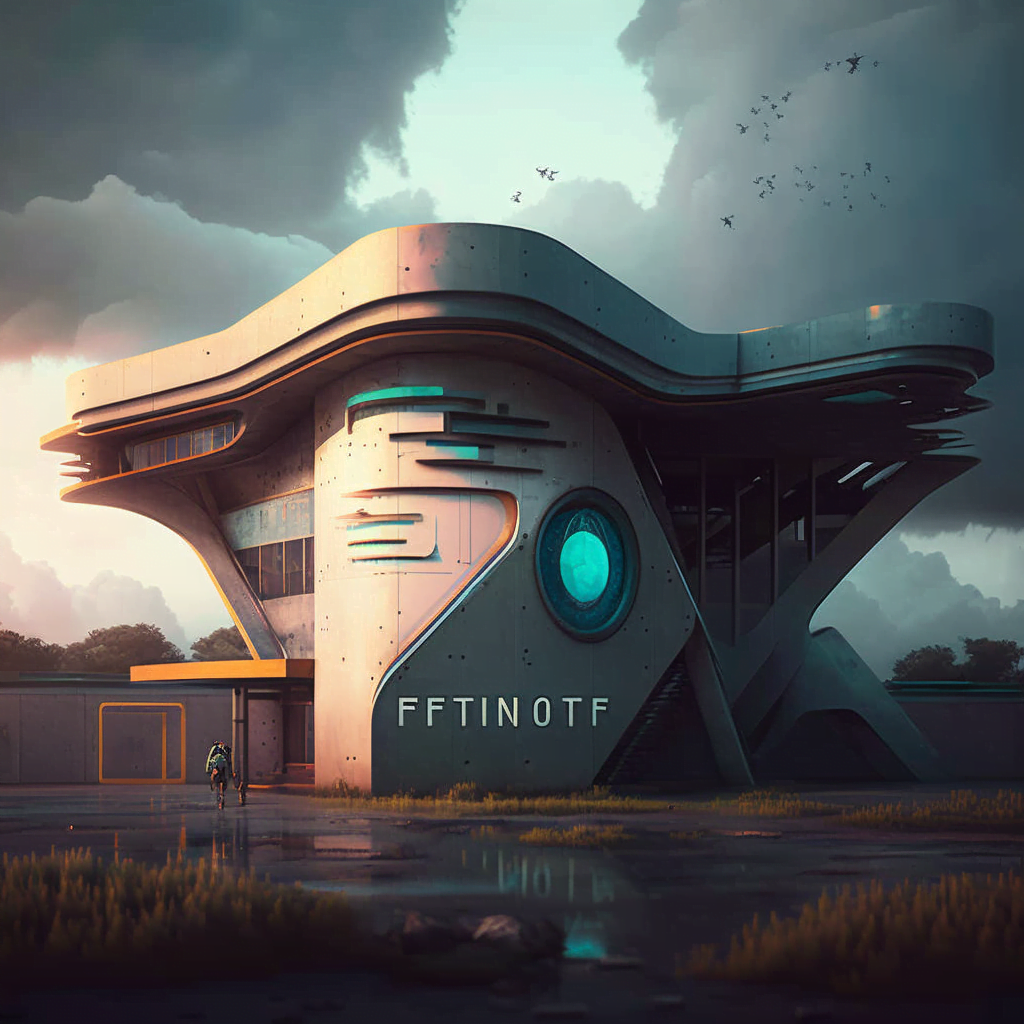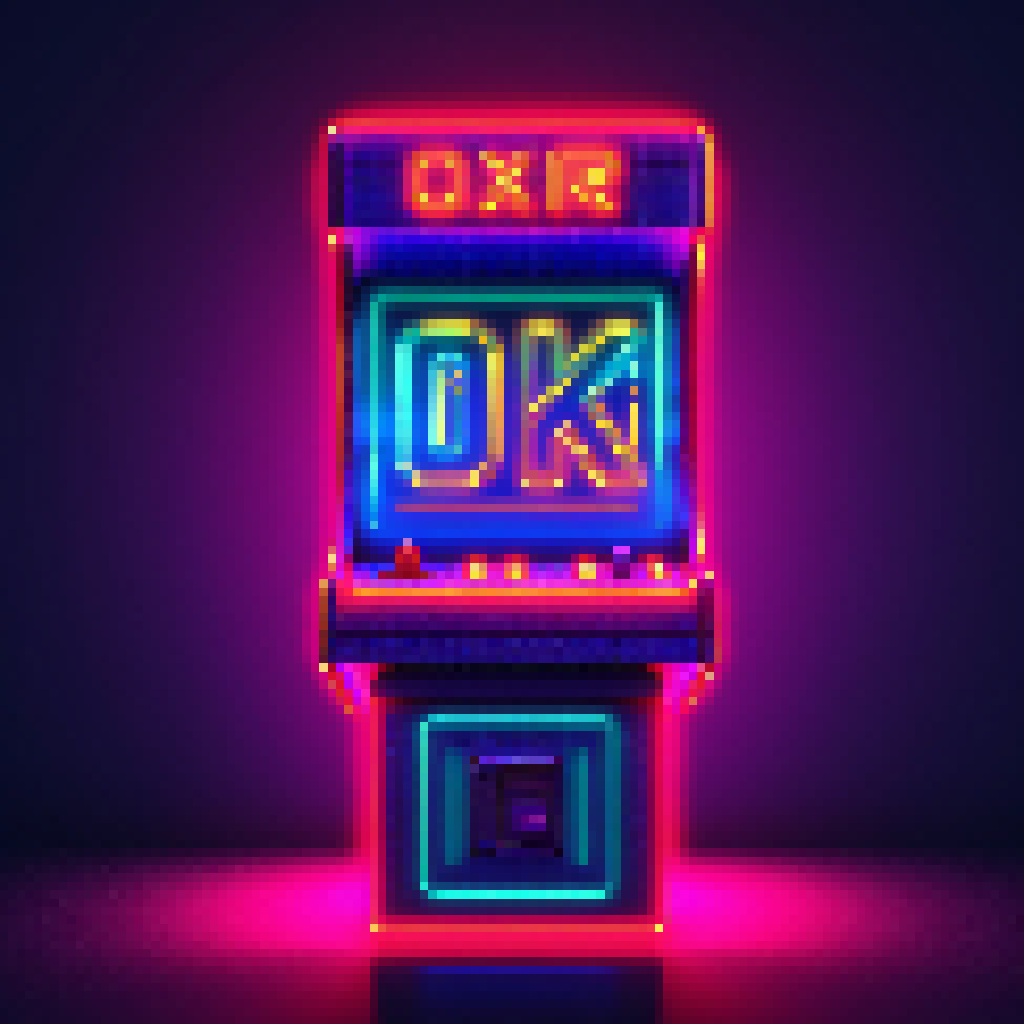Non-fungible tokens (NFTs) have garnered significant attention in various sectors, from art to gaming and even sports. As these unique digital assets continue to evolve, their potential applications in education are also coming to light. In this article, we will explore how NFTs can unlock new possibilities in education by enhancing gamification, offering rewards, and creating immersive learning experiences.
Gamification in Education
Gamification, the application of game-design elements in non-gaming contexts, has long been recognized as an effective way to engage learners and promote active participation in educational settings. By incorporating NFTs into gamification strategies, educators can create a more dynamic and personalized learning experience for students.
- Digital Collectibles and Rewards: Teachers can create and distribute NFTs as digital collectibles or rewards for completing tasks, participating in discussions, or achieving specific goals. These digital assets can serve as badges, certificates, or even in-game items that students can collect, trade, or showcase on their digital portfolios.
- Skill-based Progression: NFTs can be used to represent skills or achievements, allowing students to unlock new content, levels, or challenges as they progress in their learning journey. This can help motivate learners to develop their skills and engage more deeply with the educational material.
- Competitive and Collaborative Learning: Incorporating NFTs into educational games can foster a sense of competition and collaboration among students. Learners can earn NFT rewards for their achievements or work together to earn group rewards, promoting teamwork and cooperation.
Rewards and Incentives
NFTs can also serve as rewards and incentives for students, teachers, and educational institutions, providing a tangible representation of achievements and fostering a sense of ownership and pride.
- Scholarships and Grants: NFTs can be used to represent scholarships or grants, making them easy to distribute, track, and verify. Educational institutions can issue NFT-based scholarships to students, who can then redeem them for tuition or other educational expenses.
- Teacher Incentives: Teachers can be rewarded with NFTs for their dedication, innovation, and achievements in the classroom. These NFTs can be exchanged for professional development opportunities, resources, or even monetary incentives, creating a sense of recognition and motivation.
- Intellectual Property Rights: Students and educators can use NFTs to protect their intellectual property rights for educational content they create, such as research papers, lesson plans, or multimedia projects. By tokenizing their work, creators can ensure proper attribution and potentially generate income from licensing or selling their content.
Immersive Learning Experiences
NFTs can facilitate the creation of immersive and interactive learning experiences that go beyond the traditional classroom setting.
- Virtual Reality (VR) and Augmented Reality (AR) Applications: NFTs can be integrated into VR and AR learning environments, allowing students to collect, interact with, and learn from digital assets in a more engaging and hands-on manner.
- Interactive Storytelling: Educators can use NFTs to create interactive storytelling experiences, where students can collect, trade, and combine digital assets to unlock new narrative elements or solve problems.
- Cross-platform Learning: By incorporating NFTs into cross-platform educational experiences, students can access and interact with digital assets across multiple devices and platforms, promoting continuous and seamless learning.
Conclusion
As NFTs continue to gain prominence in various industries, their potential applications in education are becoming increasingly apparent. By leveraging the unique properties of NFTs, educators can create engaging gamified learning experiences, offer meaningful rewards and incentives, protect intellectual property, and develop immersive learning environments that go beyond the traditional classroom setting. While NFTs are still a relatively new concept in education, their potential to revolutionize the way we teach and learn is vast. As technology continues to advance and the educational landscape evolves, we can expect to see even more innovative and exciting developments in the intersection of NFTs and education.







